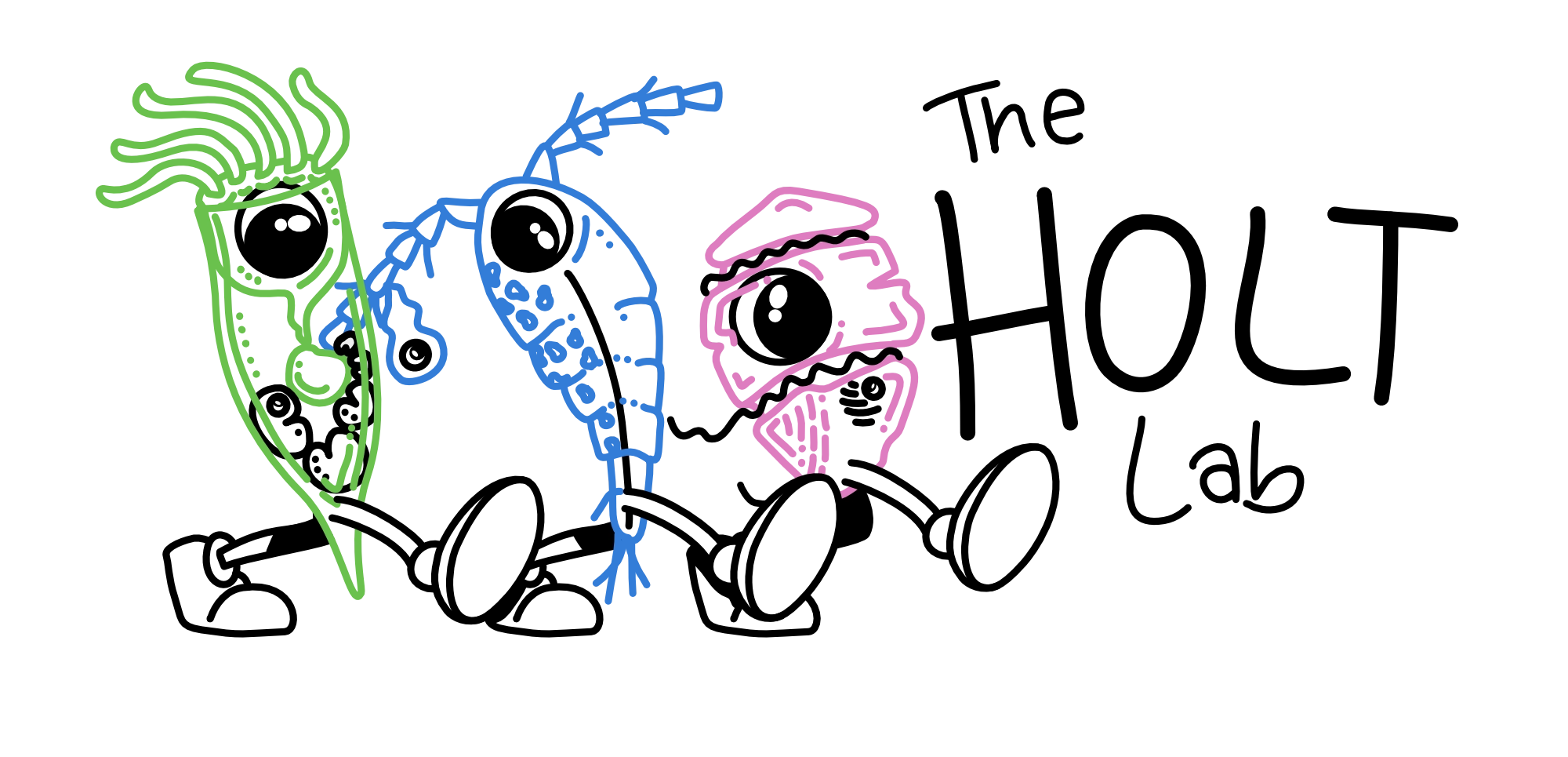Cooney EC, Holt CC, Jacko-Reynolds VK, Leander BS, Keeling PJ.
Warnowiid dinoflagellates contain a highly complex camera-eye-like structure called the ocelloid that is composed of different organelles resembling parts of metazoan eyes, including a modified plastid that serves as the retinal body. 1 The overall structure of the ocelloid has been investigated by microscopy; because warnowiids are not in culture and are rare in nature, we know little about their function. Here, we generate single-cell transcriptomes from 18 warnowiid cells collected directly from the marine environment representing all 4 known genera and 1 previously undescribed genus, as well as 8 cells from a related lineage, the polykrikoids. Phylogenomic analyses show that photosynthesis was independently lost twice in warnowiids. Interestingly, the non-photosynthetic taxa still express a variety of photosynthesis-related proteins. Nematodinium and Warnowia (known or suspected to be photosynthetic) unsurprisingly express a full complement of photosynthetic pathway components. However, non-photosynthetic genera with ocelloids were also found to express light-harvesting complexes, photosystem I, photosynthetic electron transport (PET), cytochrome b6f, and, in Erythropsidinium, plastid ATPase, representing all major complexes except photosystem II and the Calvin cycle. This suggests that the non-photosynthetic retinal body has retained a reduced but still substantial photosynthetic apparatus that perhaps functions using cyclic electron flow (CEF). This may support ATP synthesis in a reduced capacity, but it is also possible that the photosystem has been co-opted to function as a light-driven proton pump at the heart of the sensory mechanism within the complex architecture of ocelloids.
Read the paper here
Cooney EC, Holt CC, Jacko-Reynolds VK, Leander BS, Keeling PJ. Photosystems in the eye-like organelles of heterotrophic warnowiid dinoflagellates. Current Biology. 2023 Oct 9;33(19):4252-60.
